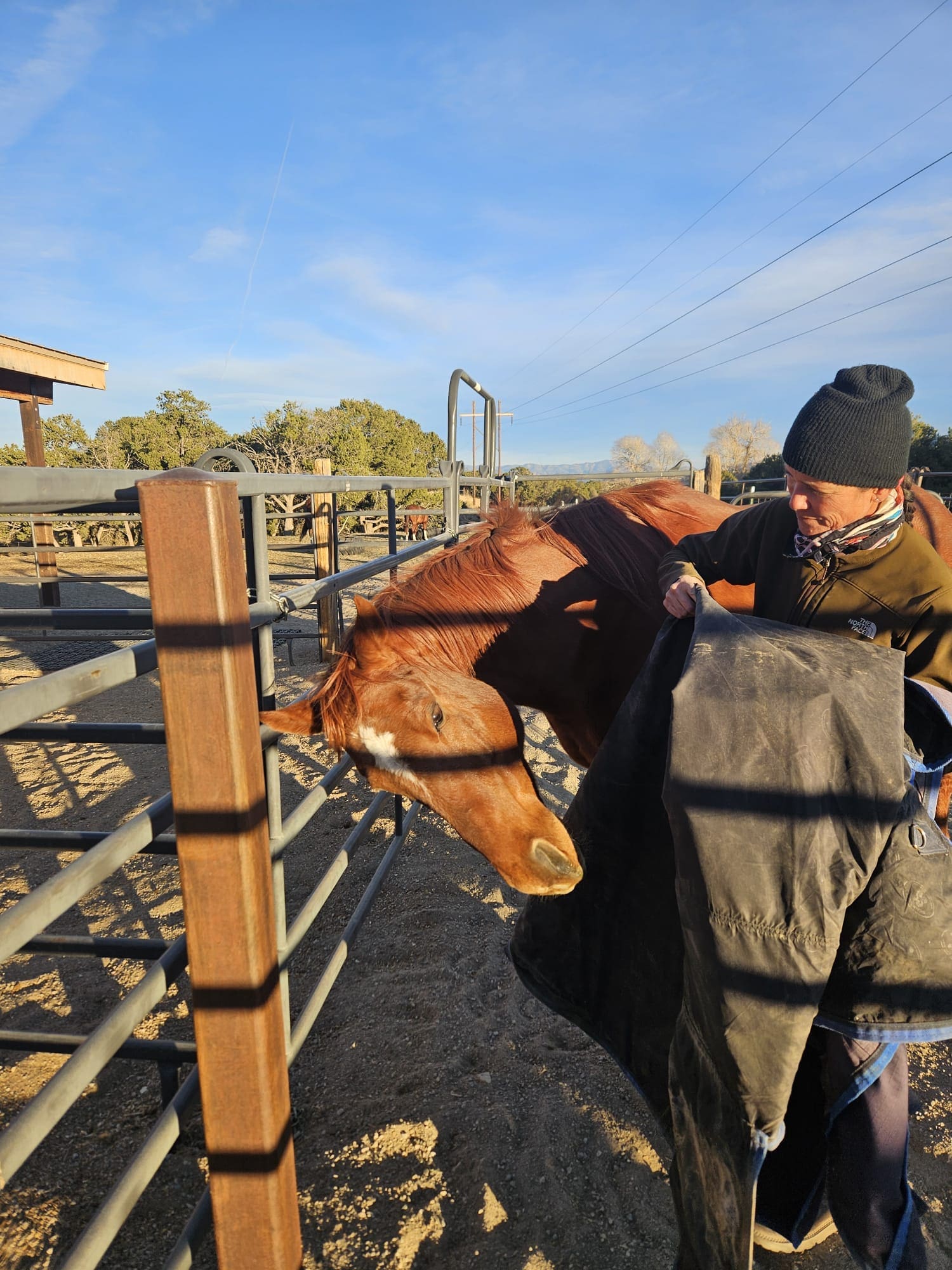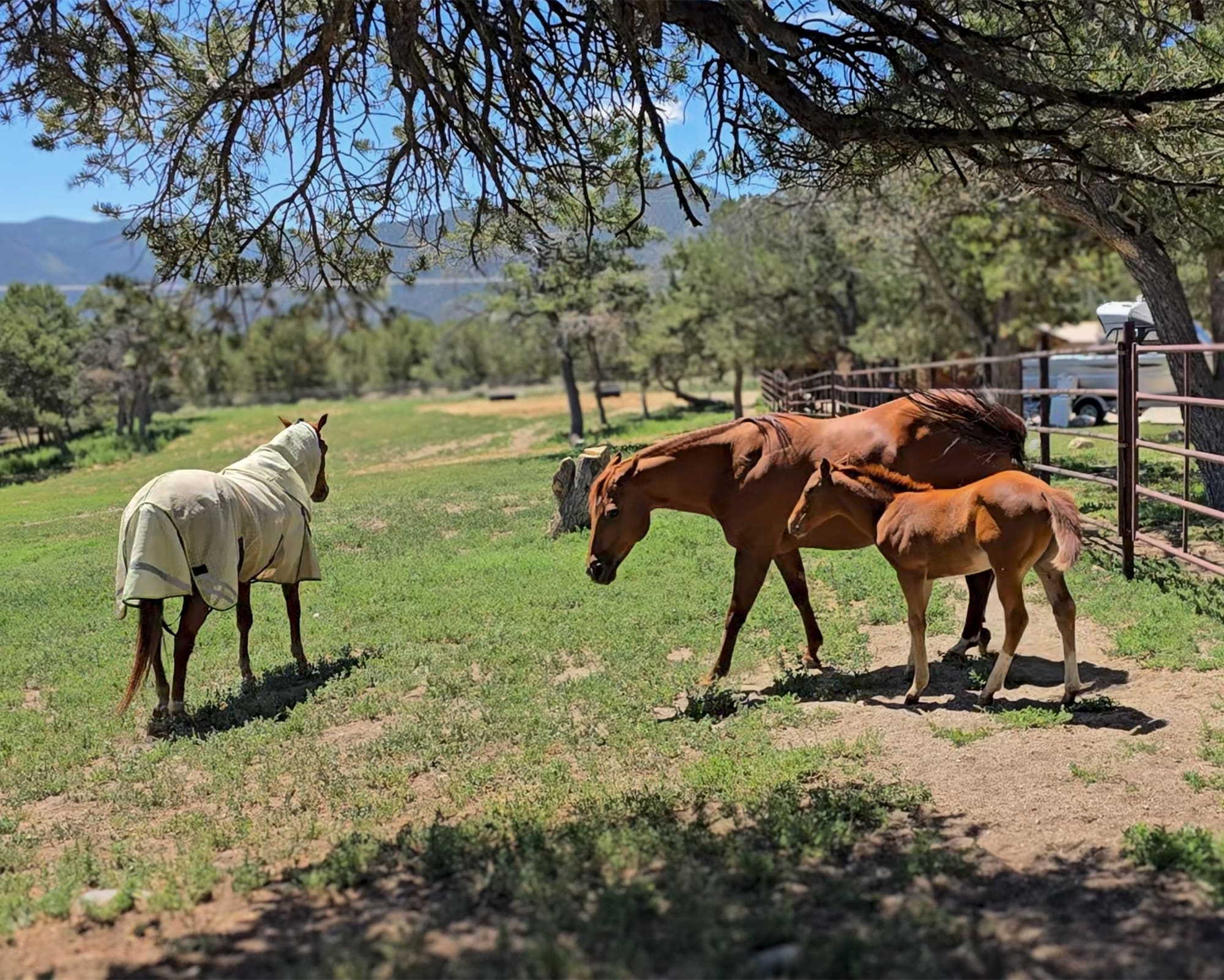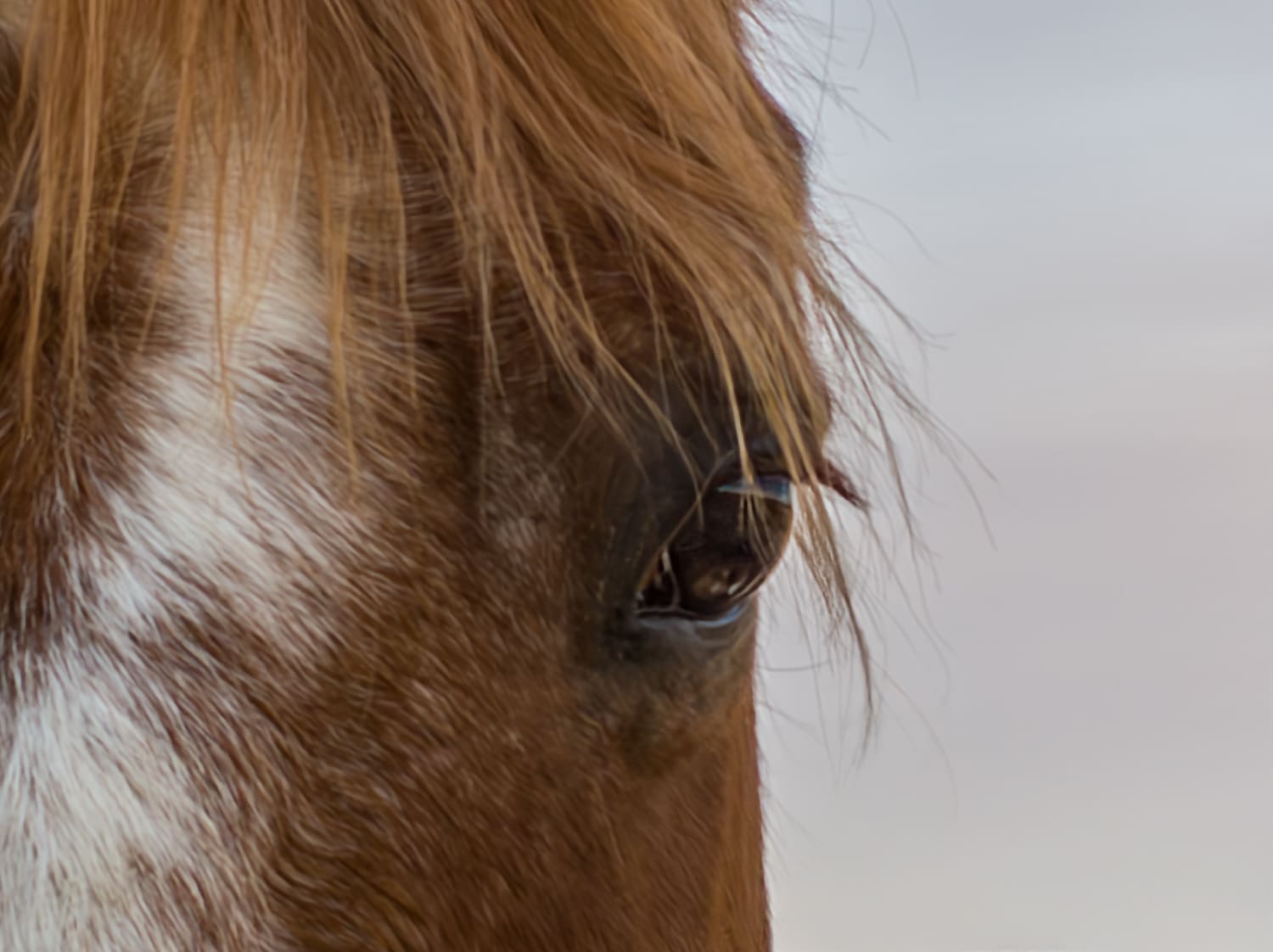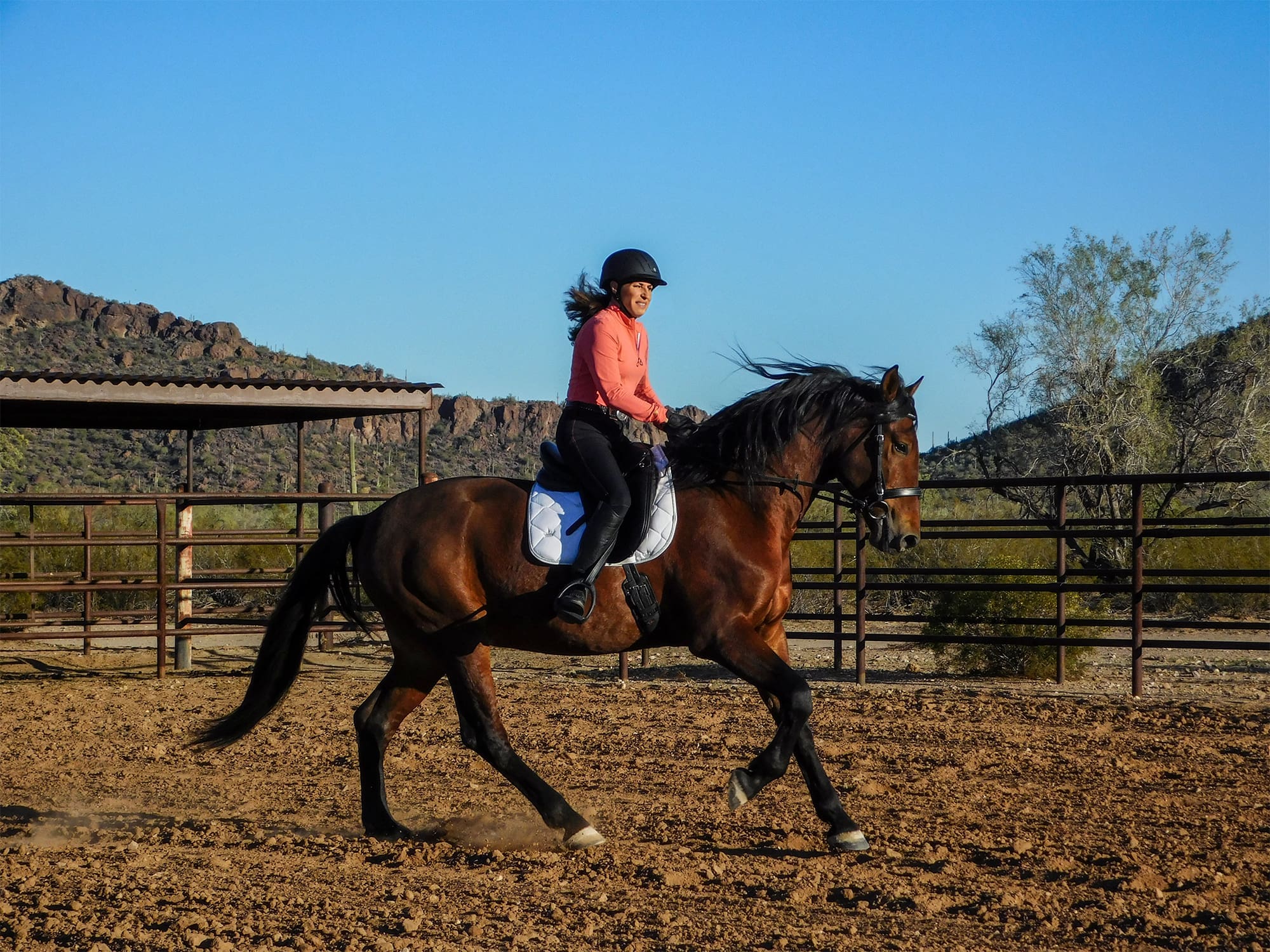Good Day!
It’s great to be home again, even if only for a day. By the time I have unpacked, it’s time to start repacking again. But I am excited to be headed to Lexington KY tomorrow for the CHA International Conference at the Kentucky Horse Park. It’s such a fun place to visit and Lexington is such incredible horse country. Fortunately I will not need a rental car there because I tend to run off the road a lot looking at all the gorgeous horse properties.
This conference is particularly fun for me because I have so many friends within CHA and the conference is sort of like a big family reunion of sorts. It’s attended primarily by riding instructors and horse trainers (although anyone is invited) and the educational opportunities are always outstanding. And the bonus is that we get to visit the horse park, which is truly a Disney Land for horse enthusiasts.
One episode on Horse Master is “Go Baby Go,” an episode featuring a young girl named Kelsey and her very well-trained horse, Rio. Although he’s a pro and knows his job well—the prefect horse for someone just starting out—Kelsey needed to learn to ride him better and show some leadership on the ground. He’s become oblivious to her demands from the ground because she lets him walk all over her without any repercussions. He’s a well-trained, well-tempered horse but he does need leadership.
I see these types of problems all the time. Just because you go out and buy a well-trained horse doesn’t mean he’s a robot. All horses need leadership, authority and rules of behavior from us. I hear the story again and again of the horse that was well-behaved when you bought him but in a month or two he’s a total pig. Typically these horses snap right out of it when handled by someone with authority. Have you seen this happen too?
Kelsey also was riding Rio with way too much bit. He’s a finished reining horse so he was used to a long shanked—high ported bit. But Kelsey wasn’t and because she had trouble keeping the reins loose enough, we switched her to a Myler short-shanked mild ported bit. Kelsey complained of Rio breaking gait at the canter but when I watched her ride, she was hitting him in the mouth with every almost stride. The milder bit made it a lot easier for Rio to tolerate Kelsey’s imprecise hands and to do his job; by creating awareness on Kelsey’s part, she quickly became a better rider for her horse.
So often I hear of ‘horse problems’ that in reality are occurring because of some failure on the part of the rider. As the old saying goes, it is not a human with a horse problem, but a horse with a human problem. Do you know what I mean? It’s always reassuring when a rider recognizes that they are contributing to a problem, even if they aren’t sure how. But it’s human nature to blame the horse. In my experience, most of the time the horse is trying to do the right thing but either the rider is getting in the way or the horse has no idea what the right thing is because of confusing or conflicting signals from the rider. Have you ever had any experience with this?
Enjoy the ride,
Julie



